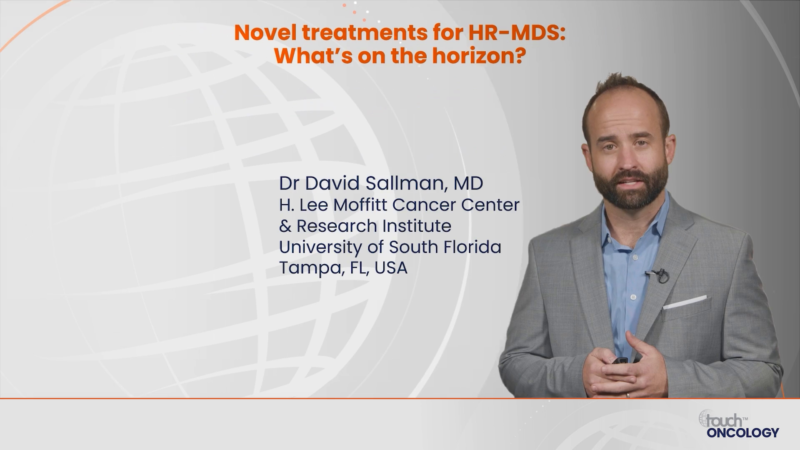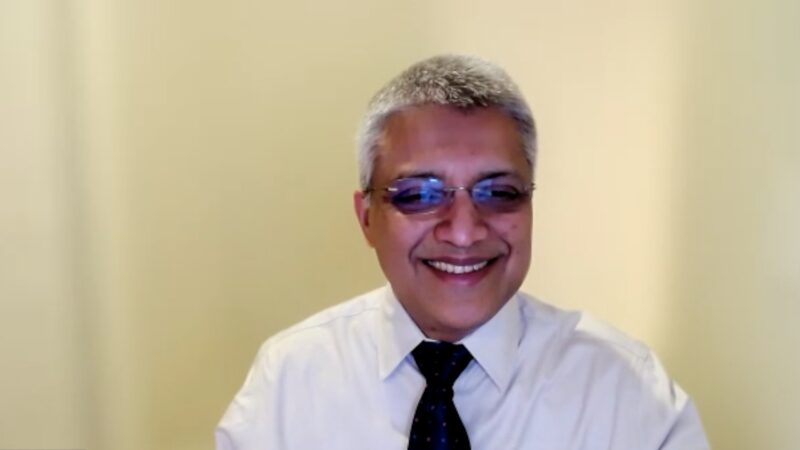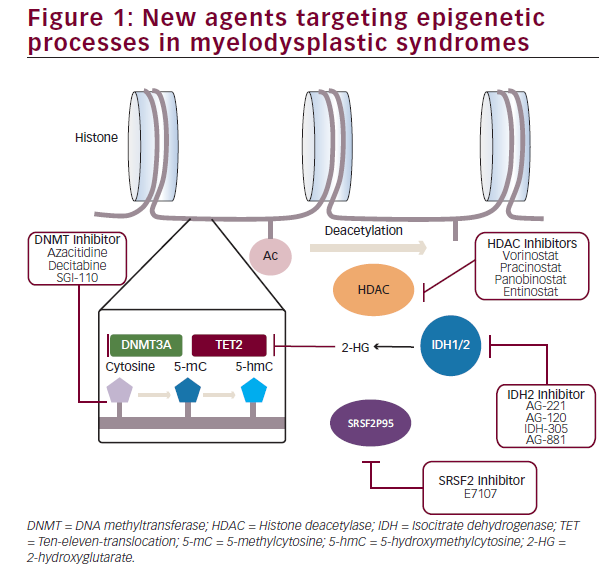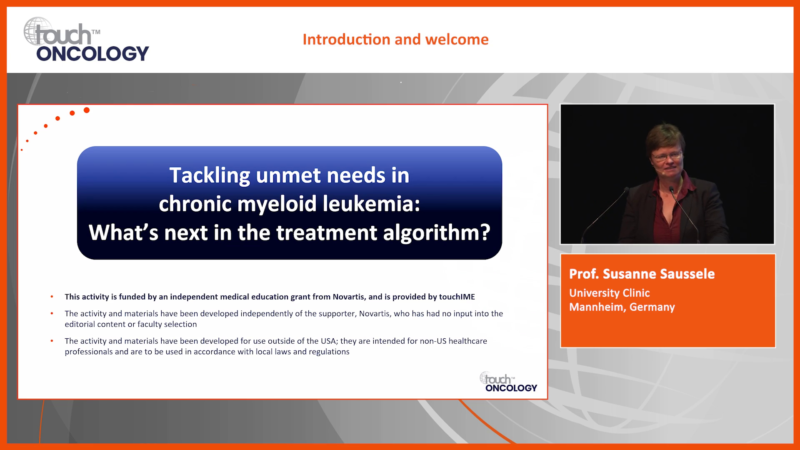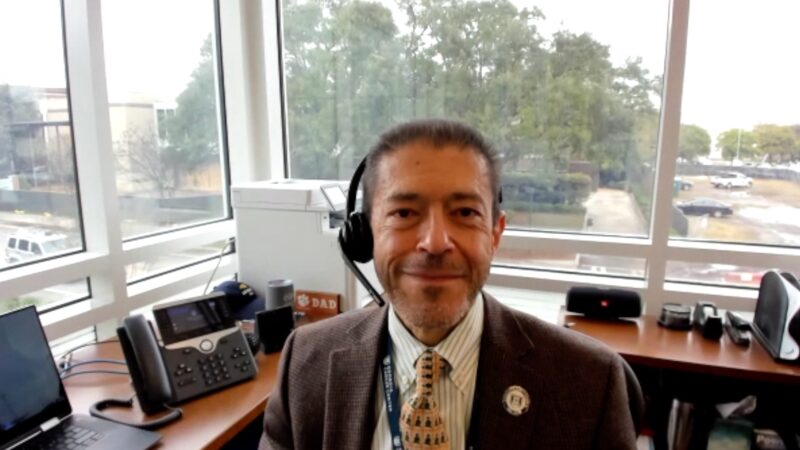touchIN CONVERSATION
 A relaxed discussion between two faculty focussed on real world clinical issues. Useful tips below will show how to navigate the activity. Join the conversation.
Close
A relaxed discussion between two faculty focussed on real world clinical issues. Useful tips below will show how to navigate the activity. Join the conversation.
Close
 A relaxed discussion between two faculty focussed on real world clinical issues. Useful tips below will show how to navigate the activity. Join the conversation.
Close
A relaxed discussion between two faculty focussed on real world clinical issues. Useful tips below will show how to navigate the activity. Join the conversation.
Close
Optimizing outcomes of JAK inhibition in myelofibrosis: Practical considerations for the clinic
- Downloads including slides are available for this activity in the Toolkit
Learning Objectives
After watching this activity, participants should be better able to:
- Discuss considerations for selecting an appropriate JAK inhibitor in the first-line treatment of myelofibrosis
- Plan strategies for managing side effects associated with JAK inhibition in patients with myelofibrosis
- Evaluate management approaches following lack of treatment success with first-line JAK inhibitor treatment in patients with myelofibrosis
Overview
In this activity, two expert haematologic oncologists respond to questions from the haematology and oncology communities on how to select a first-line JAK inhibitor for patients with myelofibrosis, the key side effects associated with JAK inhibitors and how these are best managed, and review second-line treatment options following first-line JAK inhibitor treatment failure.
This activity is jointly provided by USF Health and touchIME. read more
Target Audience
Haematologists and oncologists (including haematologic oncologists) involved in the management of myelofibrosis.
Disclosures
USF Health adheres to the Standards for Integrity and Independence in Accredited Continuing Education. All individuals in a position to influence content have disclosed to USF Health any financial relationship with an ineligible organization. USF Health has reviewed and mitigated all relevant financial relationships related to the content of the activity. The relevant relationships are listed below. All individuals not listed have no relevant financial relationships.
Faculty
Prof. John Mascarenhas discloses Advisory board or panel fees from AbbVie, Bristol Myers Squibb, Celgene, CTI BioPharma, Galecto Biotech, Geron Corporation, GlaxoSmithKline, Imago BioSciences, Inc., Incyte Corporation, Kartos Therapeutics, Karyopharm Therapeutics, MorphoSys, Novartis, Pfizer, PharmaEssentia and Sierra Oncology. Grants/research support from AbbVie, Bristol Myers Squibb, Geron Corporation, Incyte Corporation, Kartos Therapeutics, Novartis and PharmaEssentia.
Dr Raajit Rampal discloses Advisory board or panel fees from AbbVie, Galecto Biotech, GlaxoSmithKline, Incyte Corporation, Kartos Therapeutics, Karyopharm Therapeutics, PharmaEssentia and SDP Pharma. Consultancy fees from Bristol Myers Squibb/Celgene, CTI BioPharma, MorphoSys, Servier, Stemline Therapeutics Inc. and Zentalis Pharmaceuticals. Grants/research support from Constellation Pharmaceuticals, Ryvu Therapeutics, Stemline Therapeutics Inc. and Zentalis Pharmaceuticals.
Content Reviewer
Amy Patterson, APRN: Speakers Bureau: Gilead/Kite (Relationships Terminated).
Touch Medical Contributors
Katrina Lester and Aniket Parikh have no financial interests/relationships or affiliations in relation to this activity.
USF Health Office of Continuing Professional Development and touchIME staff have no financial interests/relationships or affiliations in relation to this activity.
Requirements for Successful Completion
In order to receive credit for this activity, participants must review the content and complete the post-test and evaluation form. Statements of credit are awarded upon successful completion of the post-test and evaluation form.
If you have questions regarding credit please contact cpdsupport@usf.edu.
Accreditations
Physicians
This activity has been planned and implemented in accordance with the accreditation requirements and policies of the Accreditation Council for Continuing Medical Education (ACCME) through a joint providership of USF Health and touchIME. USF Health is accredited by the ACCME to provide continuing medical education for physicians.
USF Health designates this enduring material for a maximum of 0.75 AMA PRA Category 1 CreditTM. Physicians should claim only the credit commensurate with the extent of their participation in the activity.
The European Union of Medical Specialists (UEMS) – European Accreditation Council for Continuing Medical Education (EACCME) has an agreement of mutual recognition of continuing medical education (CME) credit with the American Medical Association (AMA). European physicians interested in converting AMA PRA Category 1 CreditTM into European CME credit (ECMEC) should contact the UEMS (www.uems.eu).
Advanced Practice Providers
Physician Assistants may claim a maximum of 0.75 Category 1 credits for completing this activity. NCCPA accepts AMA PRA Category 1 CreditTM from organizations accredited by ACCME or a recognized state medical society.
The AANPCP accepts certificates of participation for educational activities approved for AMA PRA Category 1 CreditTM by ACCME-accredited providers. APRNs who participate will receive a certificate of completion commensurate with the extent of their participation.
LIVE Broadcast: 14 July 2023. Date of original release: 31 July 2023. Date credits expire: 31 July 2024.
If you have any questions regarding credit please contact cpdsupport@usf.edu.
To obtain the CE/CME credit(s) from this activity, please complete this post-activity test.
Claim Credit- Downloads including slides are available for this activity in the Toolkit
You may also be interested in...

REGISTER NOW FOR FREE ACCESS TO
- 1000+ topical and insightful peer-reviewed journal articles
- 100+ hours of bite-sized congress highlights
- 9 major therapy areas packed with the latest scientific advances
- 150+ specialties offering learn-on-the-go medical education
- + Concise email updates and newsletters so you never miss out









